
From Seed to Plant by Gail Gibbons is a captivating informational book that explores the life cycle of plants‚ starting from seeds․ Geared toward young readers‚ it simplifies complex botanical processes‚ making learning engaging and accessible․ Gibbons’ vivid illustrations and straightforward language help children understand how seeds grow‚ the role of pollination‚ and the importance of plants in our world․ This book is a perfect blend of education and entertainment‚ fostering curiosity and a love for nature in early learners․
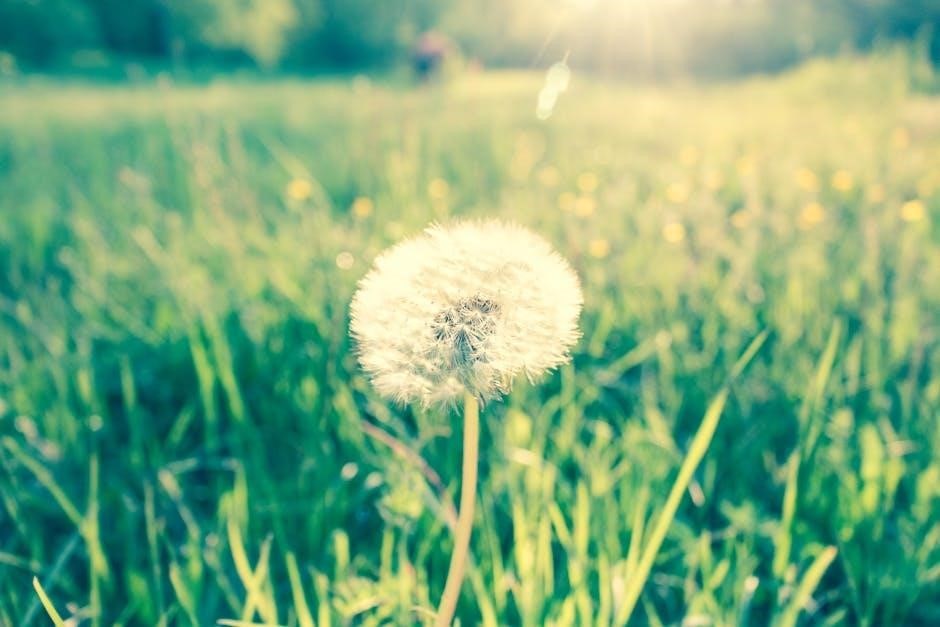
Overview of the Book
From Seed to Plant by Gail Gibbons is an engaging informational book that delves into the life cycle of plants‚ beginning with seeds․ The book explores how seeds are formed‚ scattered‚ and planted‚ as well as the process of growth into mature plants․ Gibbons uses simple‚ clear language and vibrant illustrations to explain complex botanical concepts‚ making it accessible to young readers․ The text also highlights the importance of pollination and the role of plants in our ecosystem․ This book is both educational and entertaining‚ providing a foundational understanding of botany for early learners․
Importance of the Topic for Young Readers
From Seed to Plant introduces young readers to fundamental concepts of botany and the natural world․ By exploring how seeds grow into plants‚ children gain a basic understanding of life cycles and the role of plants in ecosystems․ The book fosters curiosity and a love for nature‚ encouraging early learners to engage with the environment․ Its simple language and engaging visuals make complex ideas accessible‚ while the focus on growth and transformation sparks an appreciation for the natural processes that sustain life․ This foundational knowledge supports both academic and personal growth․
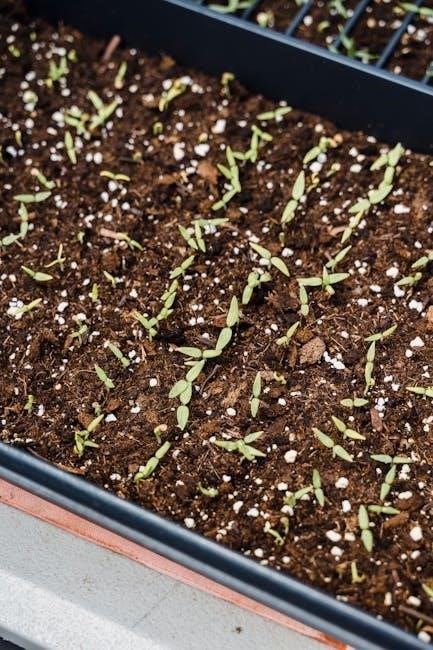
Educational Activities Inspired by the Book
From Seed to Plant inspires hands-on learning through activities like planting seeds‚ observing growth‚ and creating seed journals․ These interactive exercises make botany engaging for young learners․
KWL Chart Activity
A KWL Chart activity enhances learning by engaging students in identifying what they already know‚ what they want to know‚ and what they learn about plant growth․ Using From Seed to Plant‚ students brainstorm prior knowledge about seeds and plants‚ then explore questions sparked by the text․ After reading‚ they reflect on new discoveries‚ such as seed germination and pollination․ This interactive approach fosters critical thinking and connects classroom learning to real-world observations‚ making complex botanical concepts accessible and fun for young learners․
Seed Germination Experiments
Seed Germination Experiments provide hands-on learning for students‚ aligning with concepts from From Seed to Plant․ By planting seeds and observing their growth‚ students document the process‚ noting stages like root development and shoot emergence․ These experiments help young learners visualize how seeds transform into plants‚ reinforcing ideas about light‚ water‚ and nutrients․ Such activities make abstract concepts tangible‚ fostering a deeper understanding of plant biology and encouraging curiosity about the natural world․ This practical approach complements the book’s teachings‚ enriching the learning experience․
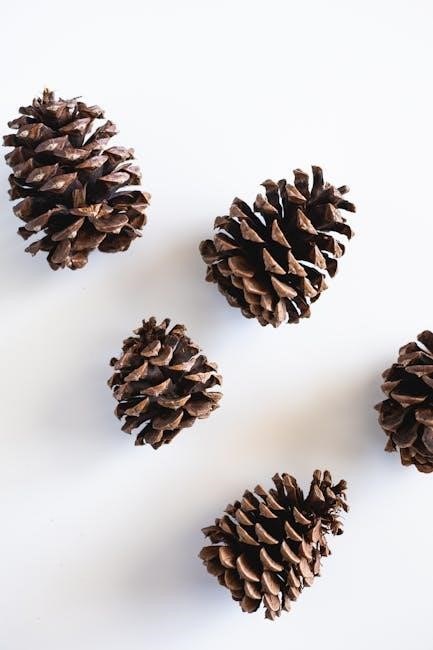
Vocabulary and Concepts Introduced
From Seed to Plant introduces key terms like seeds‚ germination‚ pollination‚ and plant life cycles․ These concepts help young readers understand how plants grow and develop‚ fostering early science literacy․
Vocabulary Cards for Key Terms
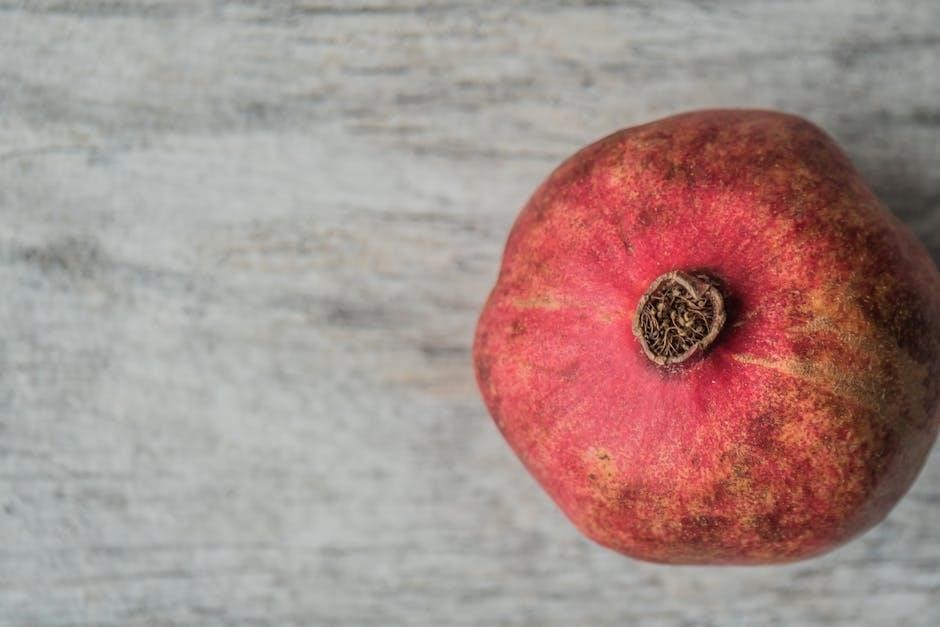
Vocabulary cards are an excellent way to help young learners grasp key terms from From Seed to Plant․ These cards feature words like seed‚ germination‚ pollination‚ and photosynthesis‚ paired with simple definitions and visuals․ By using these cards‚ students can match terms with their meanings‚ creating an interactive and engaging learning experience․ This activity reinforces the book’s content‚ making complex botanical concepts accessible and fun for early readers․ Vocabulary cards also encourage repetition and retention‚ helping students build a strong foundation in plant biology․ They are a valuable resource for classroom or home use․
Seed Journal Activity for Young Learners
A Seed Journal Activity complements From Seed to Plant by engaging young learners in documenting plant growth․ Students record observations of seeds sprouting‚ tracking changes over time․ They draw pictures‚ note measurements‚ and write predictions․ This hands-on activity fosters scientific inquiry and curiosity․ Materials like pencils‚ rulers‚ and journals encourage detailed documentation․ The activity connects directly with the book’s themes‚ helping students visualize the life cycle of plants․ It also teaches responsibility and patience as they care for their seeds‚ making learning both fun and meaningful․ This interactive approach enhances understanding and retention of botanical concepts․
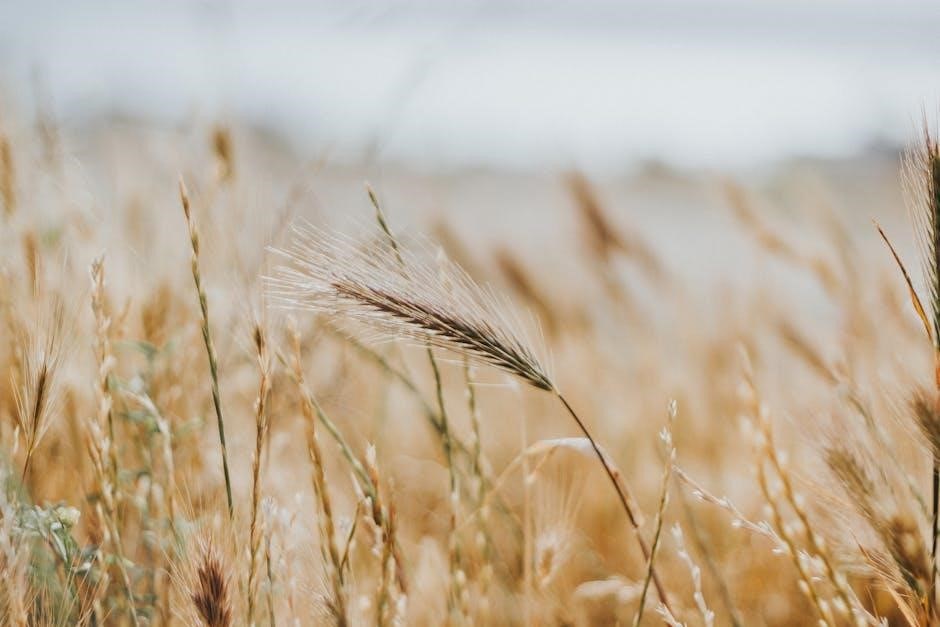
The Life Cycle of Plants
From Seed to Plant details the journey of seeds transforming into plants‚ covering germination‚ growth‚ and reproduction․ It explores seed types‚ growth stages‚ and the role of pollination in plant development․
Seed Formation and Types
From Seed to Plant by Gail Gibbons begins by explaining how seeds form‚ highlighting their diverse shapes‚ sizes‚ and textures․ The book describes how seeds develop from flowers‚ showcasing their unique characteristics‚ such as smooth or rough surfaces․ It also explores how seeds are dispersed‚ preparing them for growth․ Gibbons illustrates various seed types‚ from large‚ sturdy ones to tiny‚ delicate ones‚ emphasizing their adaptability․ This section helps young readers understand the crucial role seeds play in the plant life cycle and how their formation sets the stage for growth․
Germination and Growth Stages
Gail Gibbons’ From Seed to Plant explains the magical process of germination‚ where a seed begins to sprout under the right conditions․ The book details how seeds absorb water‚ break their coats‚ and emerge as tender shoots․ It then follows the growth stages‚ from the first leaves to the development of roots and stems․ Gibbons uses simple language to describe how plants mature‚ produce flowers‚ and eventually form new seeds․ This section helps young readers visualize the timeline of plant growth and understand the environmental factors that support it․
The Role of Pollination in Plant Growth
Gail Gibbons’ From Seed to Plant highlights the crucial role of pollination in plant growth․ She explains how bees‚ butterflies‚ and other pollinators transfer pollen‚ enabling flowers to produce seeds and fruit․ Gibbons uses simple language to describe this natural process‚ emphasizing its importance for plant reproduction and food production․ The book illustrates how pollination supports the growth of new plants‚ ensuring the cycle of life continues․ This section helps young readers understand the interconnectedness of nature and the vital role pollination plays in sustaining ecosystems and providing sustenance for humans and animals alike․

Gail Gibbons’ Approach to Writing
Gail Gibbons combines thorough research with engaging illustrations‚ creating accessible‚ informative books for young readers․ Her simple‚ clear language and vibrant visuals make complex topics like plant growth and pollination easy to understand‚ fostering curiosity and learning in children․
Research and Illustration Process
Gail Gibbons’ work is rooted in meticulous research and detailed illustrations․ She begins by thoroughly investigating her topics‚ ensuring accuracy and clarity․ Her vibrant‚ educational drawings bring complex concepts to life‚ making them accessible to young learners․ In From Seed to Plant‚ Gibbons illustrates the journey of seeds growing into plants‚ capturing each stage with precision․ Her process involves simplifying scientific ideas while maintaining their essence‚ creating a seamless blend of art and education that engages readers and supports classroom activities․ Her dedication to both research and illustration ensures the book’s educational value and visual appeal․
Engaging Young Readers with Simple Language
Gail Gibbons’ engaging approach to writing uses simple‚ clear language that captivates young readers․ Her ability to break down complex concepts into easy-to-understand text makes learning about botany fun and accessible․ The book’s straightforward narrative‚ paired with vivid illustrations‚ fosters curiosity and encourages early learners to explore the natural world․ Gibbons’ writing style aligns perfectly with the developmental needs of children‚ ensuring they grasp essential concepts while staying engaged․ This makes From Seed to Plant an invaluable resource for both homeschooling and classroom environments‚ promoting a deeper understanding of plant life cycles and growth․

Classroom Applications of the Book
From Seed to Plant is widely used in educational settings to teach plant life cycles․ It supports science and literacy integration‚ offering interactive activities for students to explore botany and growth processes․
Lesson Plans for Teaching Plant Life Cycles
From Seed to Plant by Gail Gibbons supports engaging lesson plans that align with science and literacy standards․ Educators use the book to create activities like seed germination experiments‚ life cycle diagrams‚ and seed journals․ Students explore pollination‚ plant growth stages‚ and the importance of seeds in ecosystems․ The book’s clear language and vibrant illustrations make it ideal for interactive learning‚ fostering curiosity and hands-on exploration of botany․ These lesson plans integrate seamlessly with curriculum goals‚ providing a comprehensive understanding of plant life cycles for young learners․
Science and Literacy Integration
From Seed to Plant seamlessly integrates science and literacy‚ offering a comprehensive learning experience․ The book’s clear narrative and vibrant visuals make complex botanical concepts accessible‚ while its structured format supports reading comprehension․ Educators use the text to teach vocabulary‚ encourage scientific inquiry‚ and foster critical thinking․ Activities like seed journals and germination experiments extend learning‚ blending literacy skills with hands-on science exploration․ This integration makes the book a valuable resource for educators aiming to connect science and reading in engaging ways․
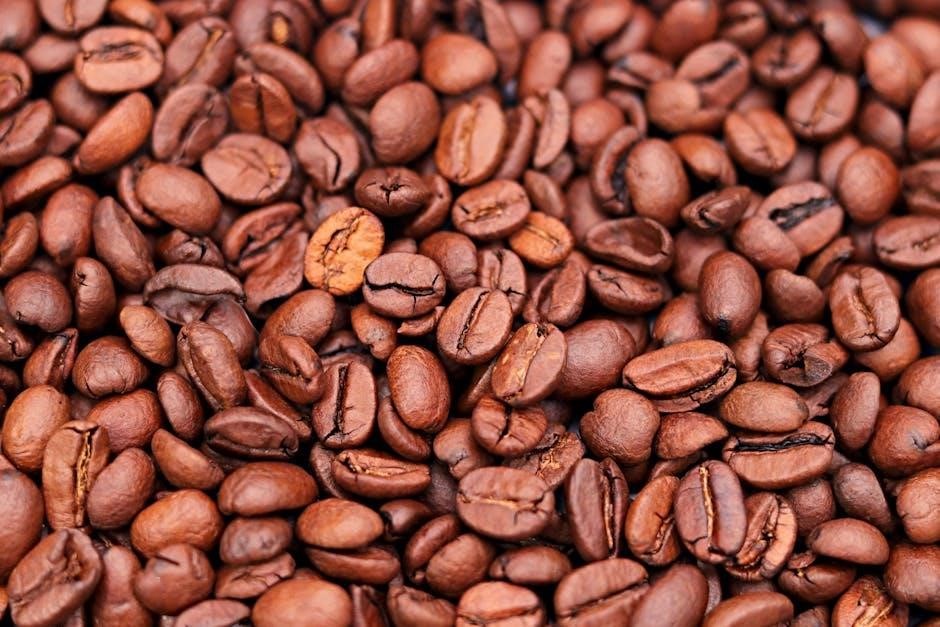
The Legacy of “From Seed to Plant”
From Seed to Plant has left a lasting impact on children’s understanding of botany‚ inspiring curiosity and fostering a deeper connection with nature․ Its clear‚ engaging approach has made it a timeless resource for educators and young learners alike‚ adapting seamlessly to various age groups and educational settings․
Impact on Children’s Understanding of Botany
From Seed to Plant has profoundly shaped children’s understanding of botany by simplifying complex processes into engaging‚ easy-to-grasp content․ Gail Gibbons’ use of vivid illustrations and clear language helps young readers comprehend the life cycle of plants‚ from seed formation to growth and pollination․ The book fosters curiosity and encourages children to explore the natural world‚ providing a foundational knowledge of botany that sparks a lifelong appreciation for plants and their essential role in our ecosystem․
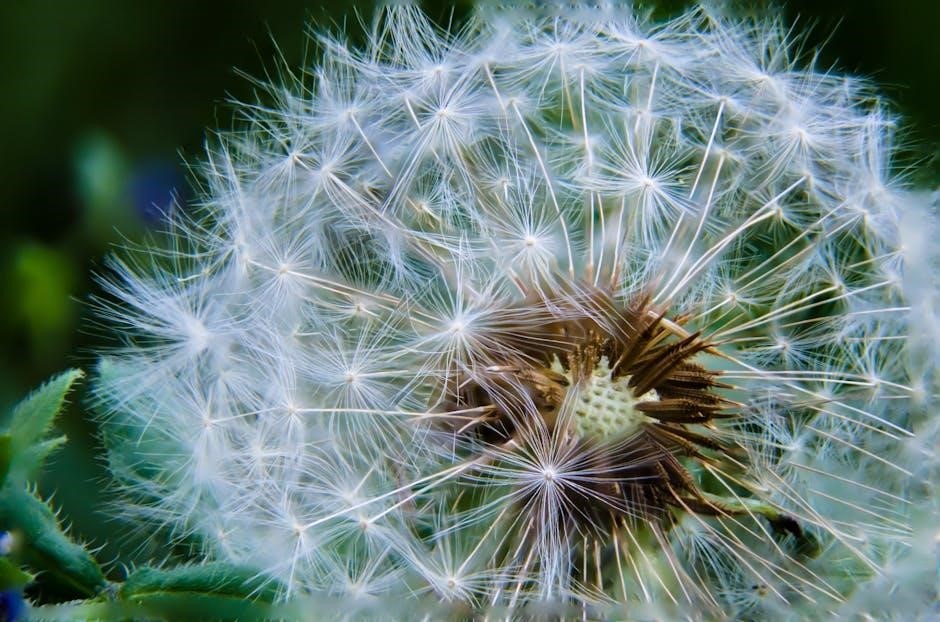
Adaptations for Different Age Groups
From Seed to Plant is available in various formats to suit different age groups․ A toddler-friendly board book edition simplifies the text and uses durable pages for little hands․ For older students‚ accompanying workbooks and activities‚ such as vocabulary cards and seed journals‚ align with curriculum standards‚ reinforcing learning․ These adaptations ensure the book’s concepts are accessible and engaging for children at every developmental stage‚ making it a versatile resource for both home and classroom settings․